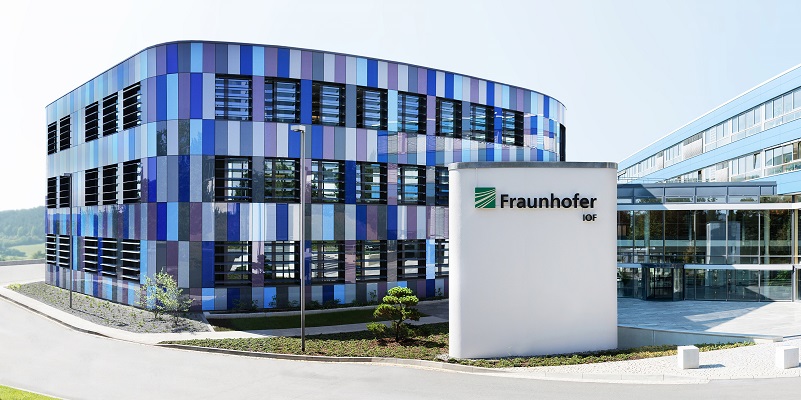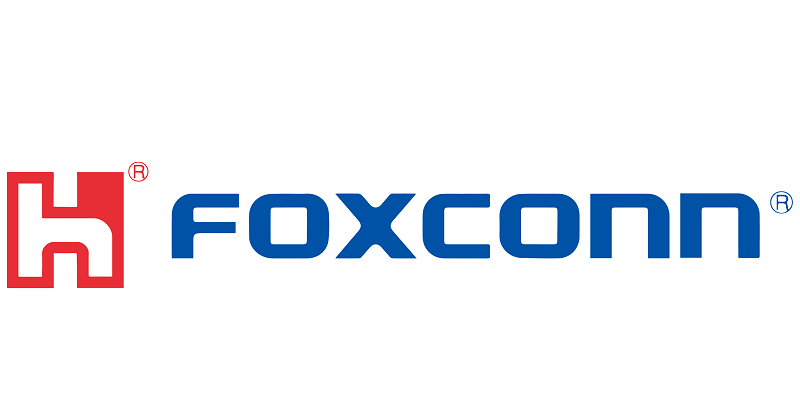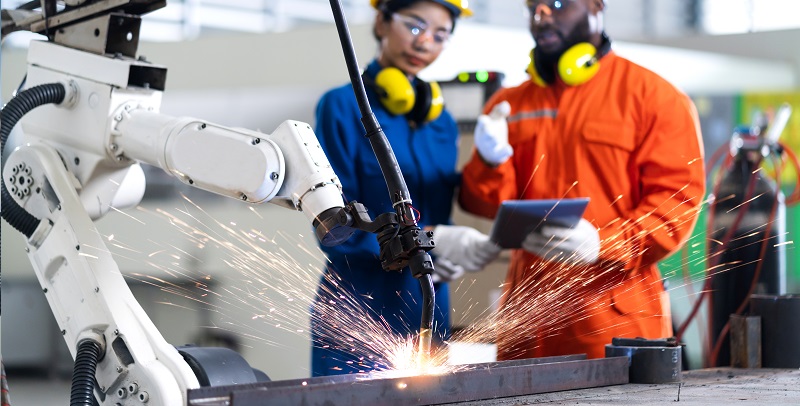Schedule a Call Back
Tandem MIG/MAG welding was reborn
 Technical Articles
Technical Articles- Feb 14,12
The development of welding technology has made giant leaps in recent years with regard to power sources. Systems and processes that were considered the cutting edge at the turn of the millennium are now outdated
In the 1990s and early 21st century, tandem welding was among the processes that were supposed to become a credible competitor for other high-power welding methods. However, this never happened because the process was cumbersome to use. New technology has now improved the level of usability substantially, and it has become faster and easier for the operator to adjust the welding parameters.
What is actually meant by tandem welding? It belongs to multi-wire welding methods. A MIG/MAG tandem uses two filler wires during welding. This must not be confused with twin-wire MIG/MAG welding that also uses two filler wires. The main characteristics of these processes are the following:
Twin wire welding
- Two filler wires are fed into the same weld pool through a shared two-hole contact tip either from the same wire feeder or two separate ones.
- The wires are at the same electric potential.
- There is either a single power source or two power sources connected in parallel.
- The wire feed rate is the only parameter that can be varied between the wires.
- The same welding power has to be used for both filler wires.
Tandem welding
- Two filler wires are fed into the same welding pool through two contact tips electrically isolated from each other.
- There is a separate wire feeder and power source for each filler wire.
- The filler wires are at different electric potentials.
- The welding parameters can be adjusted separately for each filler wire (master and slave wires).
There are many process variations for tandem MIG/MAG welding. The issue can be considered from the viewpoint of MIG/MAG arc types or filler materials used. Variations related to the arc type may include pulse-pulse, spray-pulse, spray-spray and in some cases pulse spray arc welding. The two filler wires may have different properties: they can be of different thickness and alloy, and one can be solid while the other is fluxcore wire. The basic idea is that the leading filler wire is used to make the weld penetration, and the trailing one is used to shape the weld surface.
IMG helped Kemppi develop tandem solution
Ingenieurtechnik und Maschinenbau GmbH, or IMG, is a modern and innovative company based in Rostock, Germany. Among other things, it specialises in planning and implementing automation solutions for shipyards.
For production plants struggling with the challenge of producing quality products in shorter and shorter production times, IMG can offer their expertise to create and implement a comprehensive logistic and technological concept on how to raise the degree of efficiency in modernized or new production departments or entire plants.
IMG has an outstanding expertise in welding automation, and the company is also a long-time partner and customer of SUT-Rostock, a Kemppi Germany representative. As IMG also has a good knowledge about tandem welding, Kemppi asked them to join the development process of Kemppi's new solution for mechanised tandem welding, the KempArc Pulse TCS.
The KempArc Pulse TCS utilises Kemppi's refined tandem control system (TCS) for precise, simultaneous control of the two welding arcs, which act completely individually from each other. The development process of the TCS control system required detailed study and research work in Kemppi welding laboratory, but also field tests in live industrial environments. Local tests were carried out with the help of IMG's knowledge and the great support from SUT- Rostock.
"It was a great benefit for us to run two-sided tandem test welds in IMG's gantry system, and the detailed test reports from IMG gave us good support in developing the KempArc Pulse TCS," says Ulrich Hoepfel, Business Area Manager of automated welding at Kemppi.
Tandem MIG/MAG welding is aimed to provide the following advantages over single-wire welding, for example:
- Welding of small throat thickness (thin sheets) can achieve a higher welding speed compared to single-wire technology.
- Welding of large throat thickness (heavy structures) can achieve a greater melting efficiency compared to single-wire technology.
- The overall quality of the weld is better.
- A longer weld pool makes gases escape more efficiently, which decreases porosity.
- Because the welding energy input is lower in spite of the greater melting efficiency, welding causes less deformations and reduces the need for straightening.
- No special shielding gas is needed for the process.

The delivery of a KempArc Pulse TCS system typically includes the following components:
- Two KempArc Pulse TCS power sources
- Two DT400 wire feeders
- The required connecting cables
- An efficient KempCool 40 water cooling unit
- A tandem welding torch
- Two WiseFusion functions
- Welding programs acquired by the customer (MatchCurve)
| a | b | c | |
| Throat thickness | 4 mm | 6 mm | 3 mm |
| Wire feed speed | 14 m/min + 12 m/min | 14 m/min + 12 m/min | 14 m/min + 14 m/min |
| Welding speed | 1.6 m/min (26.7 mm/s) | 0.65 m/min (10.8 mm/s) | 1.9 m/min (31.7 mm/s) |
| Melting efficiency | 13.84 kg/h | 13.84 kg/h | 14.90 kg/h |
Welding example: The making of a fillet weld in primed steel was examined using the pulse-pulse variant. The base material was 6-mm steel, the filler material was 1.2-mm G3Si1 solid wire and the shielding gas was Ar+18% CO2. The study demonstrated that the tandem process is also suitable for welding primed steel with solid wire.
Tandem welding also has some limitations in comparison with single wire welding. For example, the welding torch is larger, which imposes limitations on accessibility and small radial motion paths. Due to the torch and the welding power, the process is only suitable for mechanised or automated welding. The impact of magnetic arc blow is also greater compared to single-wire welding but it is possible to diminish its impact through proper grounding of the work piece and possible use of start and end pieces.
It used to be difficult to adjust the parameters for tandem welding. Due to this the parameter window has been narrow, and adjusting the process has required the welding operator to possess great skill. The problem has been excessive mutual synchronisation of the arcs, forcing the welding parameters to be operational within a specific limited range in relation to each other. However, new technology has come to help.
The KempArc Pulse TCS equipment developed by Kemppi contains software that actively monitors and controls both welding arcs. The basic idea of control is to freely link the arcs together, making it possible to adjust them independently of each other. The TCS software links the arcs together with intelligent control technology developed by Kemppi. The slave arc continuously monitors the master arc and adjusts itself accordingly, resulting in that:
??the arcs do not interfere with each other
??the arcs can be adjusted for optimal length completely independently of each other, and
??welding parameters can be adjusted flexibly, and finding useful welding values is easy.
In addition to the new TCS control, the KempArc Pulse TCS system uses the WiseFusion process to make it easier to find welding parameters for different welding applications. This keeps the arc length optimally short and focuses the energy density of the arcs to a narrow area. This results in smaller heat input and a higher welding speed compared to conventional tandem welding systems.
Text: Jyri Uusitalo
R&D Manager, Welding Technology
Article courtesy: Kemppi India Private Limited, Chennai. Email: sales.india@kemppi.com
Related Products
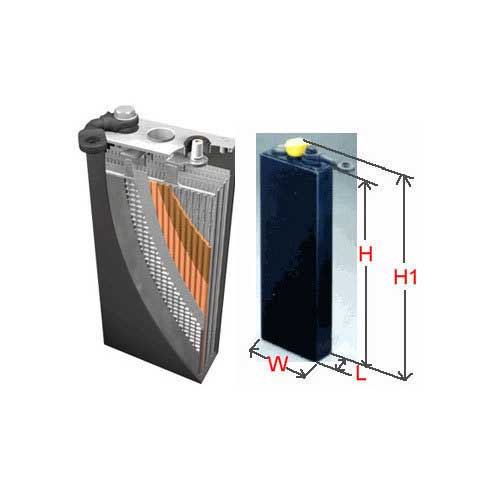
Forklift Battery
Aatous International is a manufacturer and solution provider of a wide range of forklift battery.
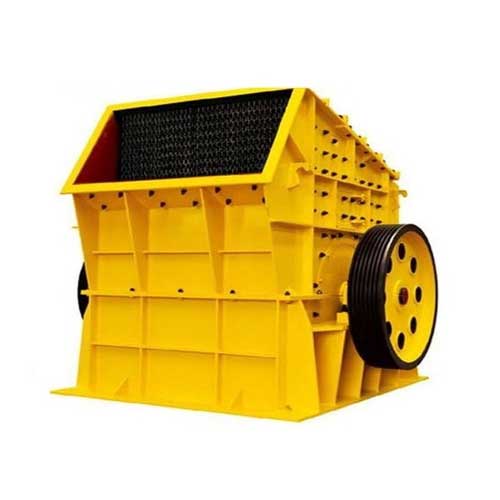
Impact Crusher
Laxmi En-Fab offers a wide range of impact
crusher.
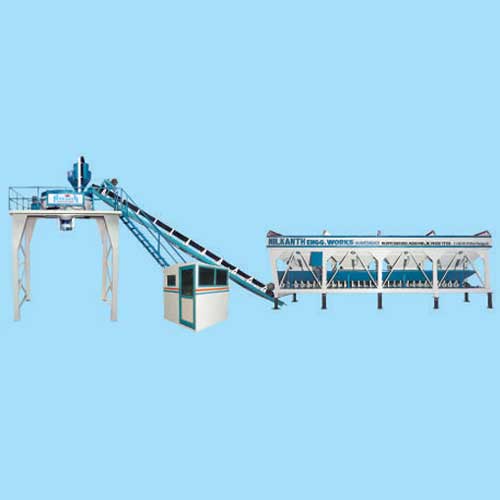
Stationary Concrete Batching Plant
Nilkanth Engineering Works offers stationary concrete batching plant.





